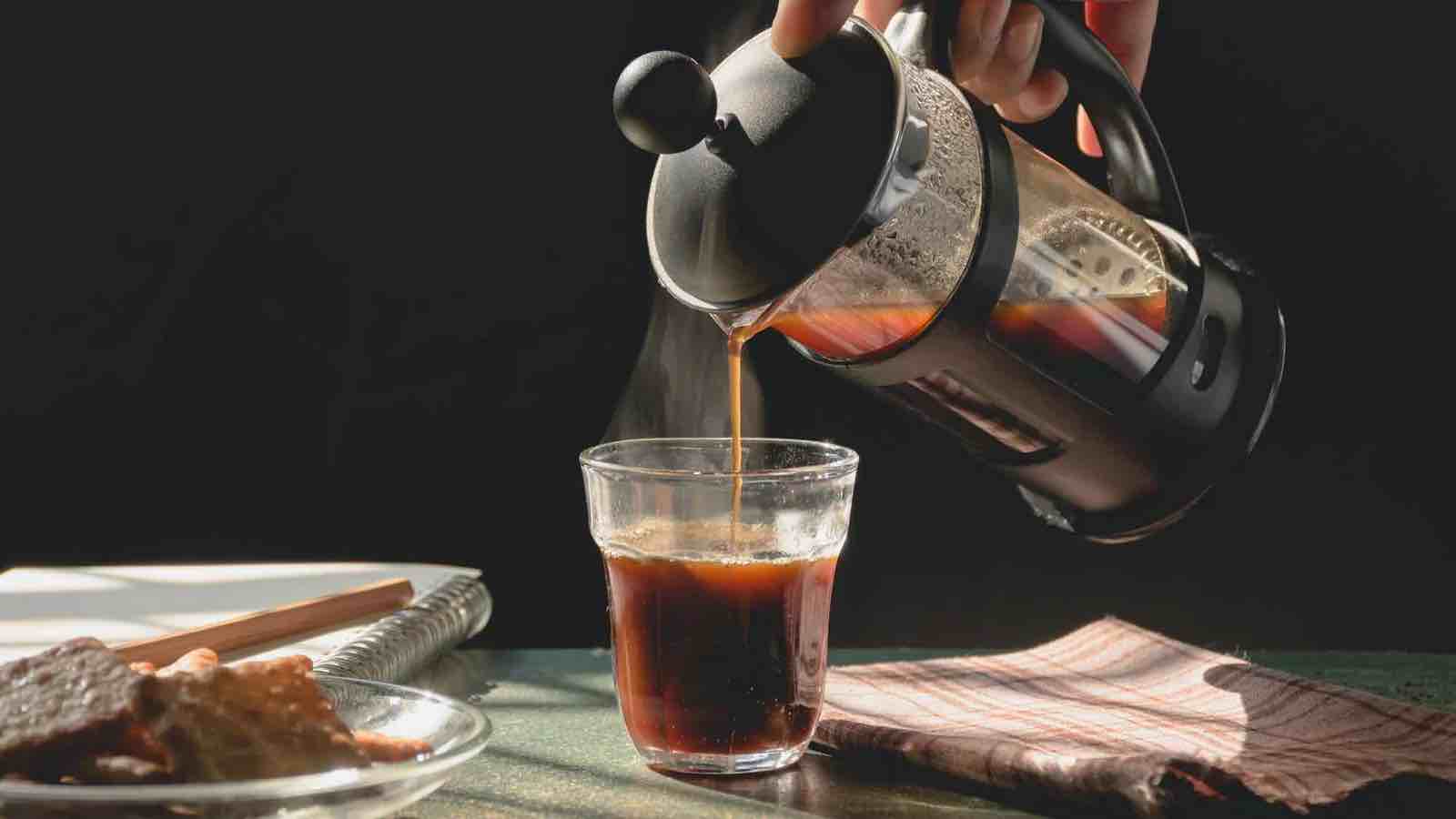
The French press is a classic coffee-brewing tool that’s simple yet capable of creating rich, full-bodied coffee. Loved for its straightforward design and pure extraction process, the French press offers a more robust flavor profile by allowing the coffee grounds to steep directly in water. With just a few steps, you can brew a delicious cup of coffee with depth and intensity. Here’s how to master the French press and make your ideal cup every time.
- Gather Your Essentials
- A French press (glass, stainless steel, or ceramic)
- Freshly ground coffee (medium-coarse grind)
- Filtered water
- A scale (optional, but helpful for precision)
- A kettle (preferably one with a temperature control)
- A timer
A delicious French press coffee starts with high-quality beans. Look for freshly roasted beans and consider the roast profile based on your preference:
- Light roast: Fruity, floral, and acidic notes
- Medium roast: Balanced flavor, often with caramel or nutty undertones
- Dark roast: Rich, chocolatey, and less acidic
3. Measure Coffee and Water Ratio
For a balanced French press, the standard coffee-to-water ratio is 1:15. This means you’ll use one part coffee to 15 parts water. For example:
- Two cups (16 oz) of coffee require about 30 grams (2 tablespoons) of coffee grounds.
- Four cups (32 oz) of coffee require about 60 grams (4 tablespoons) of coffee grounds.
4. Boil and Cool the Water
Heat your water to just below boiling point, ideally around 200°F (93°C). If you don’t have a temperature-controlled kettle, simply boil water and let it sit for about 30 seconds. Using water that’s too hot can scorch the grounds, leading to a bitter taste, while water that’s too cool won’t extract the full range of flavors.
5. Preheat Your French Press
Pour hot water into your French press and swirl it around to preheat it. This step helps maintain the brewing temperature for more consistent extraction. After a few seconds, discard the water.
6. Add Coffee Grounds and Water
Add your measured coffee grounds to the French press, spreading them evenly. Start a timer and pour in about twice as much water as coffee grounds to saturate the grounds, allowing them to “bloom.” This step releases carbon dioxide and enhances the flavors.
After 30 seconds, pour the remaining water slowly and evenly over the grounds. Stir gently with a wooden spoon or stir stick to ensure even saturation.
7. Steep and Brew
Place the lid on the French press with the plunger pulled up, and let your coffee steep. The ideal brewing time for French press coffee is four minutes. This duration allows for a balanced extraction, enhancing the natural flavors of the coffee without over-extracting bitter compounds.
8. Press the Plunger
After four minutes, press the plunger down slowly and steadily. Applying too much pressure or plunging too quickly can agitate the grounds and lead to over-extraction, resulting in a bitter brew.
9. Serve and Enjoy
Pour your coffee immediately to prevent it from sitting with the grounds, which can make it more bitter over time. French press coffee is best enjoyed fresh, so savor each sip while it’s hot!
Bonus Tips for the Perfect French Press Brew
- Experiment with different coffee beans and roast levels to discover new flavor profiles.
- Adjust grind size and brewing time to fine-tune your coffee strength and texture.
- Use a scale to accurately measure coffee and water for more consistent results.
- Clean your French press regularly to maintain optimal flavor and avoid residue buildup.
- Coffee is too bitter: Try using a coarser grind, cooler water, or a shorter brewing time.
- Coffee is too weak: Increase your coffee-to-water ratio or use a finer grind.
- Gritty or muddy texture: Check your grind size; overly fine grounds can slip through the filter.